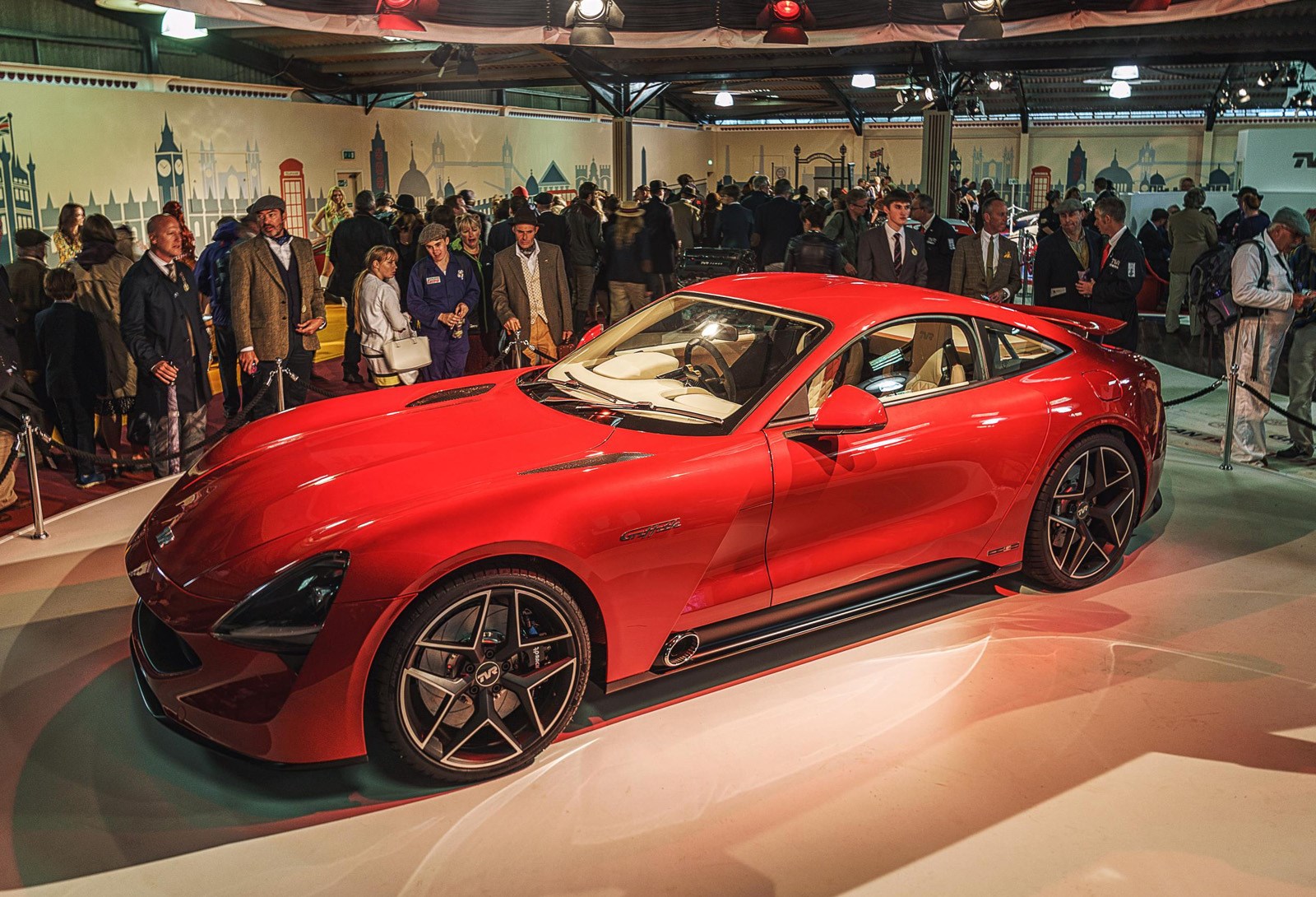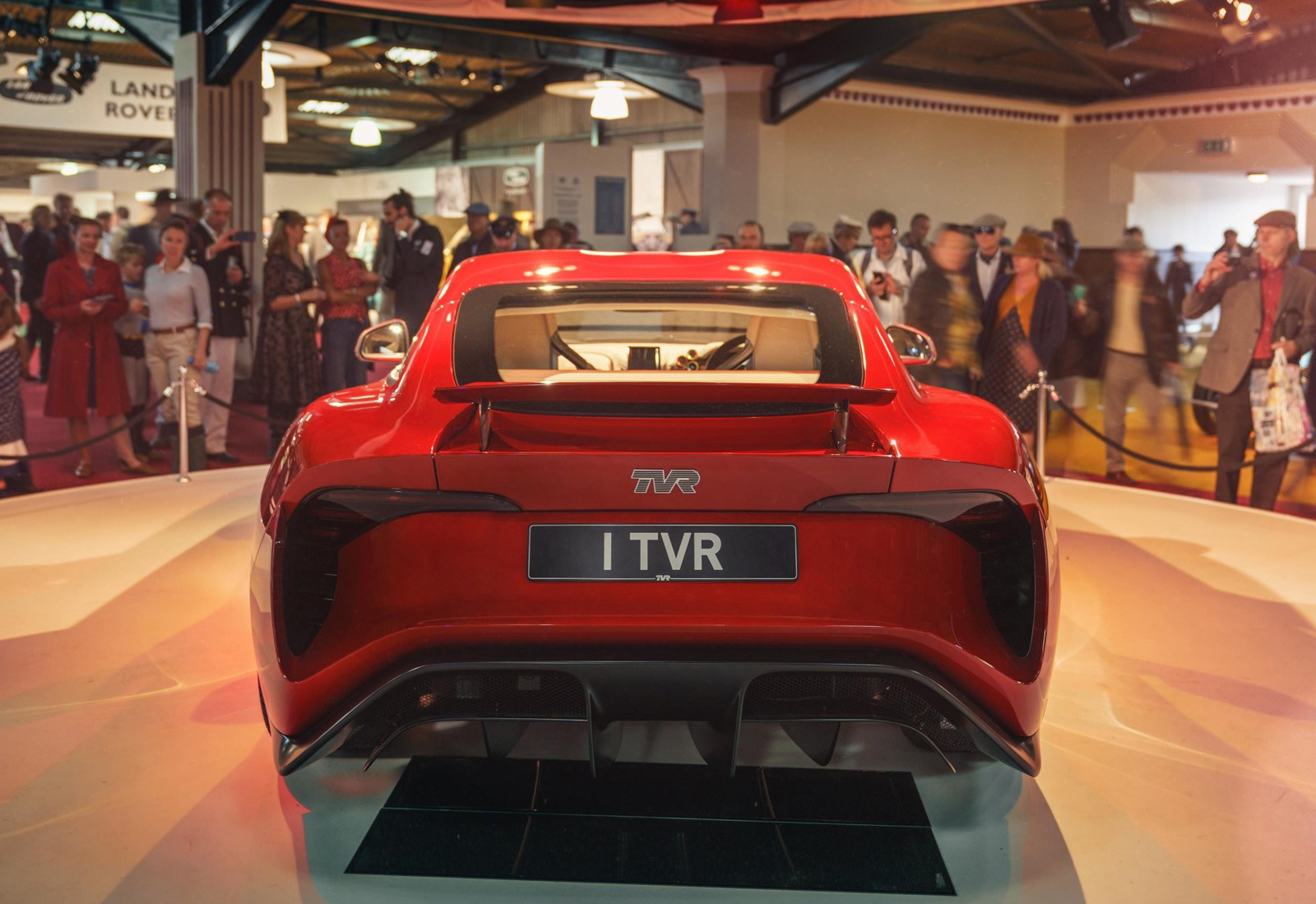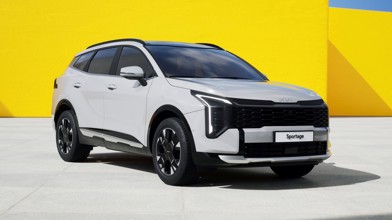This morning I sat in my first TVR, my first TVR,” says Les Edgar, chairman of the sports car company TVR, putting emphasis on the second “my first”.
It’s an odd thing to say for the man who bought TVR in 2013 from Russian Nikolay Smolensky.
The near-decade of ownership by the wealthy oligarch’s son was a failure, with his grand plans - which included relocating the marque to Europe - coming to nothing and the last production car coming off the line in 2007.
The reason he says “my first TVR” is because he is sitting in the for-production version of the new TVR, the first car designed and built under his ownership.
Self-confessed petrolhead Edgar - who made his fortune developing and then selling video games business Bullfrog - persuaded Smolensky to let him buy TVR for an undisclosed sum.
That’s how Edgar, 57, found himself the owner of a British car brand famed for its outrageous lightweight cars with huge engines and infamous reliability issues.
His initial plan was to build just a few cars to race them in a special series, though this was quickly abandoned.
“Racing was obvious,” he says, calling it a “quick way to get TVR going again”. “But with TVR we decided to do the opposite: build a credible car brand and then go racing.
“A good brand looks after its existing customers and that’s what we did,” says Edgar.

He established a spares business for the owners of the 15,000 TVRs already on the roads, reintroducing parts that had gone out of production.
Edgar says he wanted to recreate “every man’s super car, with big bang for buck” referring to the marque’s reputation for - at least off the lights - beating more expensive cars.
“The one thing that TVR had in spades, and still has, is this kind of uniqueness, this kind of anti-establishment, ‘This is TVR’, rebellious, flying in the face of its Britishness,” he says. “I wanted to make that again.”
While every TVR owner has a positive story about the car’s speed, they have more tales about the car’s unreliability. Leaks, parts falling off, not starting, TVR had it all.
Edgar, who had gathered a dozen or so backers to help finance the launch of the new car, decided reliability had to be addressed.
Abandoning TVR’s own “chocolate engine”, the Speed Six, he got Cosworth on board and recruited legendary F1 designer Gordon Murray.

As well as ground effect aerodynamics, which stick the TVR to the road, by happy accident Murray also brought on board his iStream production process that uses a tubular aluminium frame on to which carbon fibre panels are placed.
Edgar says iStream is what allows TVR to make the economics of small-scale, hand-built production work - just 500 examples will be built, taking a year and starting in late 2018. Deposits have been taken for all 500 cars.
The new TVR Griffith will cost £90,000 ($165,000) but won’t be a loss leader. “We lose credibility when we tell people the price,” says Edgar.
“But it’s iStream that allows it. We expect to be operating cashflow positive by year one, helped by our £50 million ($92.8 million) order book, backed by deposits.”
But low-volume, high-end car building is littered with the wrecks of companies that have crashed. Why should it be different for TVR?
“Because we’re doing it properly: proper engineering, proper design,” says Edgar, who admits his “balls are on the line” with this endeavour.






